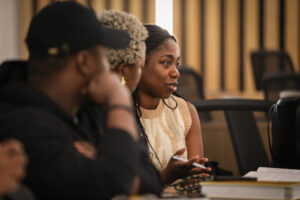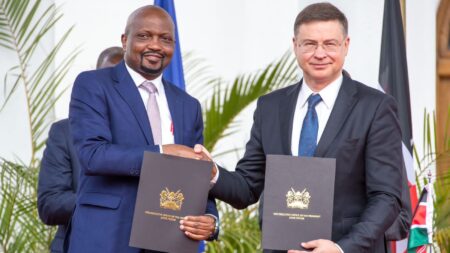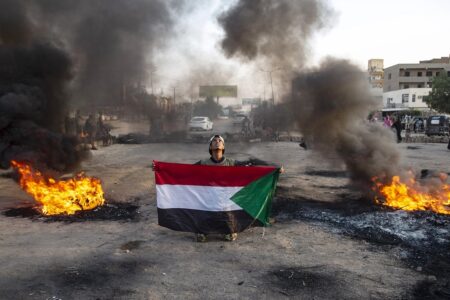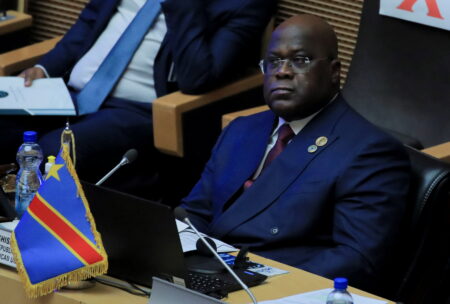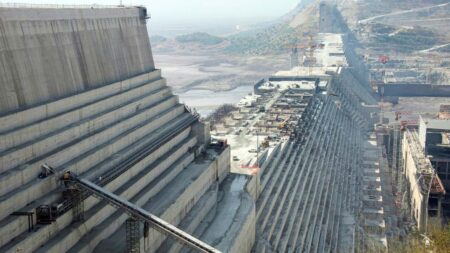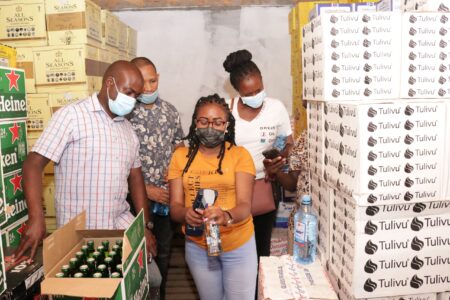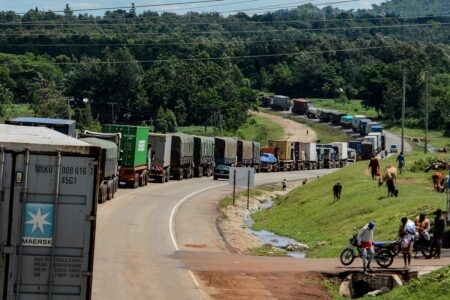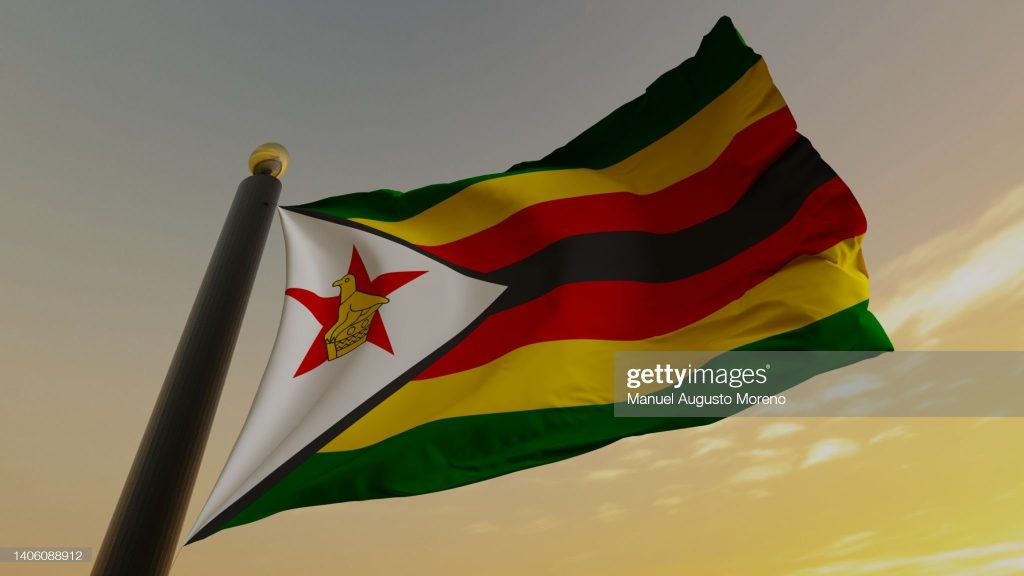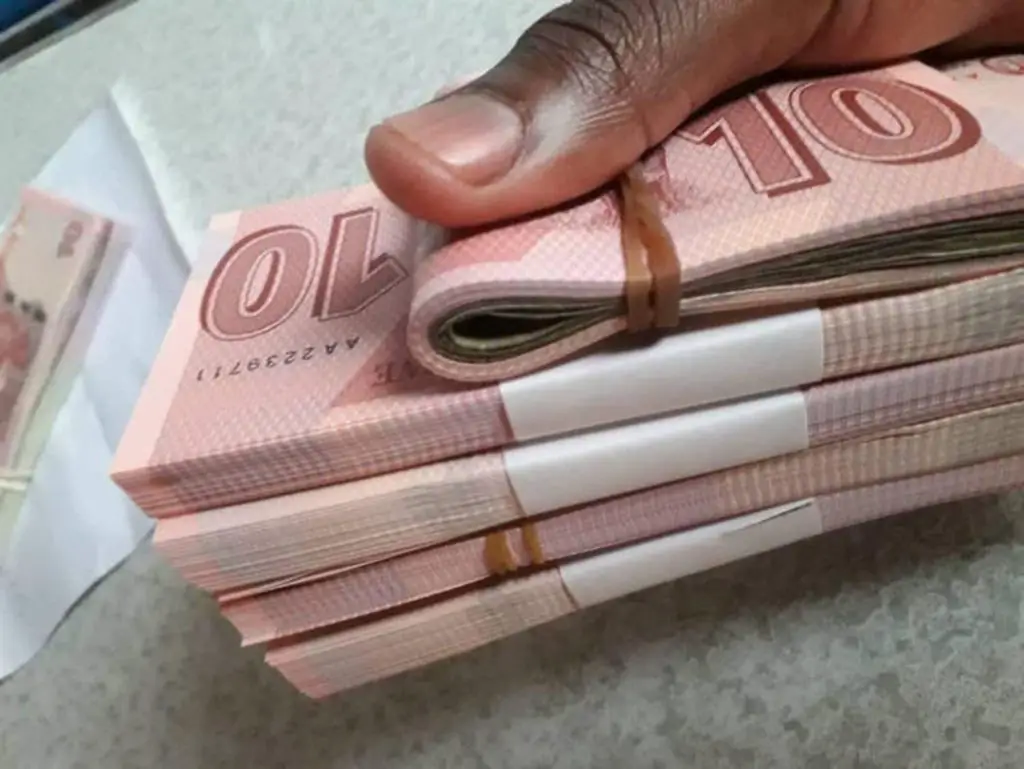- Vantage Capital seals exit from PickAlbatros Hotels after $18.4M pandemic boost
- Madica backs Earthbond in bold pre-seed bet on sustainable solutions
- Venture capital and debt drive growth in Kenya’s agri-tech sector
- Sustainability Week Africa: Pioneering change amidst climate challenges
- Refugee Crisis in Chad as War and Hunger in Sudan Drive Thousands Across Border
- Senegal 2050: A Blueprint for Economic Transformation
- Kenya’s banking sector corporate taxes hit $563.7 million despite industry profit drop
- South Sudan Crisis: How a Broken Pipeline Has Plunged Juba into Chaos
Browsing: SADC
- AFRODAD and SADC have joined hands to boost Africa’s debt sustainability by cushioning highly indebted countries.
- Between 2004 and 2018, 30 African countries signed natural resource-backed loans worth $66 billion.
- China has emerged as a critical player in debt owed by African States, with an increasing percentage of debt now in resource-backed loans.
Boosting Africa’s debt sustainability
The African Forum and Network on Debt and Development (AFRODAD) has entered into a debt sustainability pact with the Southern African Development Community Parliamentary Forum to cushion governments from debt distress.
The move aimed to bolster financial stability and debt management strategies across Africa, with the continent’s total external debt hitting $1.13 trillion in October last year.
Highly indebted African countries continuously face stark trade-offs between servicing expensive debt, supporting high and growing development needs, and stabilising domestic currencies.
Government debt has risen in at least 40 African countries over the past decade. …
The East African region has a long history of cooperation stretching back to 1900 when a Single Customs Collection point was established at Mombasa. Still, Non-Tariff Barriers remain a challenge to trade. The first instance of regional integration dates back to 1917 between Uganda and Kenya.…
- Kenya will progressively allow more imports from the EU into its market.
- An EU official terms the trade agreement with Africa’s seventh largest economy “a partnership of equals”.
- Under the Kenya-EU trade deal, Nairobi’s exports to European bloc will be tariff-free from day one.
A new Kenya-EU trade deal will see Nairobi’s exports to the European bloc enjoy tariff-free status from day one, while tariffs on EU exports will be liberalised over time but not on all products. The Kenya and European Union trade deal will provide new opportunities for Kenyan and European businesses, including the micro-, small- and medium-sized enterprises.
The two parties have concluded negotiations on the much awaited Economic Partnership Agreement. A new era of Kenya-EU trade ties will start in post-Brexit world where Brussels is exerting more influence across Africa.
European Commission Executive Vice-President and EU Trade Commissioner Valdis Dombrovskis and Cabinet Secretary of Kenya’s Ministry …
- Ongoing wars in Africa are bleeding billions from poor economies as investors flee the region.
- Sudan army is spending about $1.5 million per day fighting the Rapid Support Forces.
- IMF says Ethiopia’s GDP contracted from 9 percent in 2019 to 6.1 percent in 2020 as Tigray war intensified.
Wars in Africa are costing an arm and a leg, and throwing an awful wrench on poor economies that are hardly providing the bare minimum to their citizens. Take for instance the latest ongoing war in Sudan. Sudan Tribune notes that it is costing roughly $1.5 million every day for the Sudanese army to fight the Rapid Support Forces (RSF).
For Sudan, a country whose poverty rate rose from 64.6 percent in 2021 to 66.1 percent last year, $1.5 million is a huge sum of money to be wasted on senseless fighting.
Wars in Africa yielding economic crisis
Sudan is one of …
- DRC, through its investment portal ANAPI reassures investors
- Rwanda slams US statement saying it undermines regional peace process
- EAC Heads of State order immediate cease fire in Rwanda-DRC conflict
Rwanda should stop supporting the rebel group and withdraw its soldiers from the DRC, the US State Department has said in an official statement.
This US call for Rwanda to ‘cease and desist’ aiding rebel groups and to also recall its troops from the DRC is the latest effort by the international community to intervene in the protracted dispute between the two countries.
The US says Rwanda’s alleged aid to rebel factions in the DRC is undermining the regional peace process.
The statement comes only days after the East African Community (EAC) Heads of State met in the Burundi capital of Bujumbura. The meeting was an Extra-Ordinary Summit held to evaluate the “Security Situation in the Eastern Democratic Republic of Congo …
- The DRC is viewed as a most promising member of the regional bloc offering a market of over 96 million people.
- DRC is also rich in many coveted minerals such as cobalt and Nickel, gold, and diamonds, which has caused a long-standing conflict.
- The EAC peace forces in the DRC were sent in early last year to restore peace and stability in the region.
The East Africa Community (EAC) has been touted as a model for regional economic blocs in Africa but the tension between Rwanda and the bloc’s newest member, DRC, is threatening to derail the region’s social and economic integration.
The two neighboring countries have had a dicey relationship in the recent past with the largest country of the EAC, the DRC, accusing the smallest country in the region, Rwanda, of supporting rebels within its borders.
The DRC is viewed as a most promising member of the regional
- The country is considered East Africa’s strongest economy.
- It is among countries facing a huge challenge of illicit trade, estimated to be valued at above USD6.34 billion (Ksh800 billion).
- According to official government data, up to 70% of imported goods are counterfeits.
Kenya has a domestic market of over 50 million people and is among the leading economies in sub-Saharan Africa.
The country is considered East Africa’s strongest economy, with the region having a GDP of about USD163.4 billion (at purchasing power parity, about USD$473 billion), and the average GDP per capita is about USD941 (at purchasing power parity, $2,722).
In addition to the EAC market, investors in the partner States have access to other African markets such as COMESA, SADC and AfCFTA, as well as international markets through preferential trade arrangements.
The Common Market for Eastern and Southern Africa (COMESA) comprises 21 Member States with a population of 560…
Africa is huge continent with untapped potential. With the rest of the world opening up for the best international trade and travel relations, Africa is learning and following the same path, with countries such as Uganda, Kenya and Rwanda easing entry restrictions by issuing visa on arrival and hence turning themselves towards open borders opportunities as members of the East African Community (EAC).
Unrestricted movement of people and goods between African countries holds the key to unlocking this trade potential. That is why trade analysts are touting the African Continent Free Trade Area (AfCTA) as a game changer in inter-Africa trade.
According to United Nations Conference on Trade and Development (UNCTAD), Intra-African trade is currently low at 14.4 percent of total African exports. UNCTAD estimates that the AfCFTA could boost intra-African trade by about 33 percent and cut the continent’s trade deficit by 51 percent.
The possibility of more open
Because of erratic economic policy, Zimbabwe continues to be the sick man of the Southern African Development Community (SADC) region.
The country perennially goes from one economic crisis to the next. Presently Zimbabwe is battling with resurgent inflation after managing to rein it in from the hyperinflationary levels reached in the years 2019 to 2020 and during the early months of 2021, peaking at over 837%.
Currently, Zimbabwe’s inflation stands at approximately 257%. Conventionally, the origins of inflation have been and always will be excessive money supply that outstrips the rate of growth in an economy resulting in too much money chasing too few goods and services. In the case of Zimbabwe, the inflation malaise was compounded by the fact that the economy is virtually stagnant, growing only marginally.
- Zimbabwe’s economic policy has been erratic.
- The government in Zimbabwe has recently adopted a scorched earth policy against inflation by tightening
The shrinking economy and resulting unemployment have given birth to an informal economy that has spiralled out of control. Treasury and monetary authorities have been at pains to find ways they can tax the informal sector. The informal economy is difficult, if not impossible, to absorb into the formal economy or to include in the tax pool from which the government can draw revenue.
As the formal economy shrinks, so has Zimbabwe’s effective tax revenue stream, and this problem can only be arrested and mitigated by a growing economy.
An economy characterized by slow or negative growth makes it more difficult for the government to repair its finances. This is because there is a positive relationship between a country’s tax pool and the growth of the economy. A shrinking economy brings with it the added cost of having to provide social safety nets for the vulnerable members of its society.…

